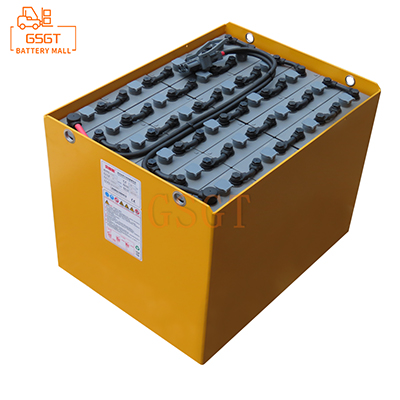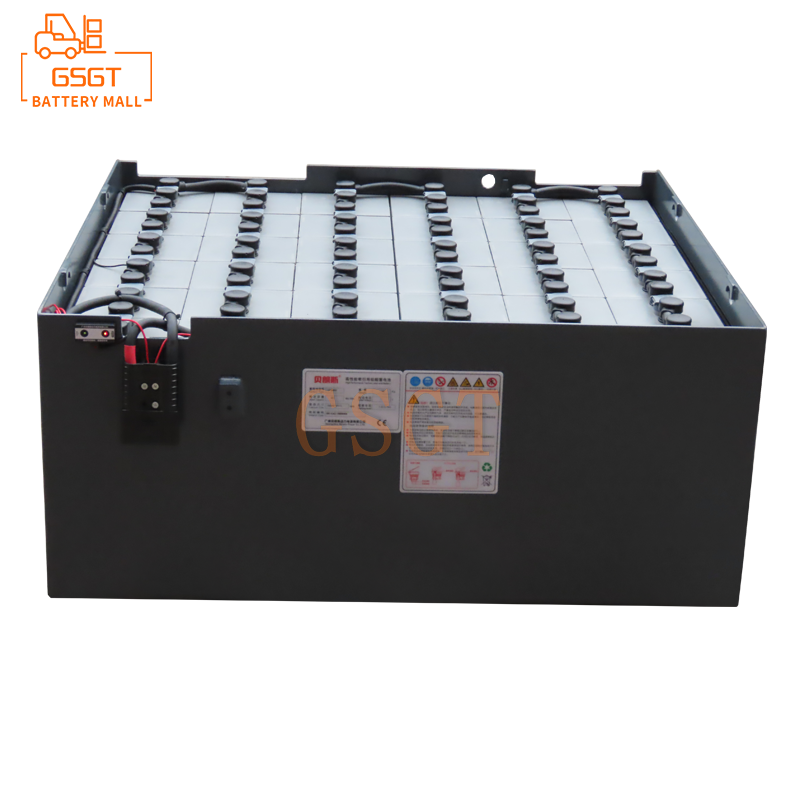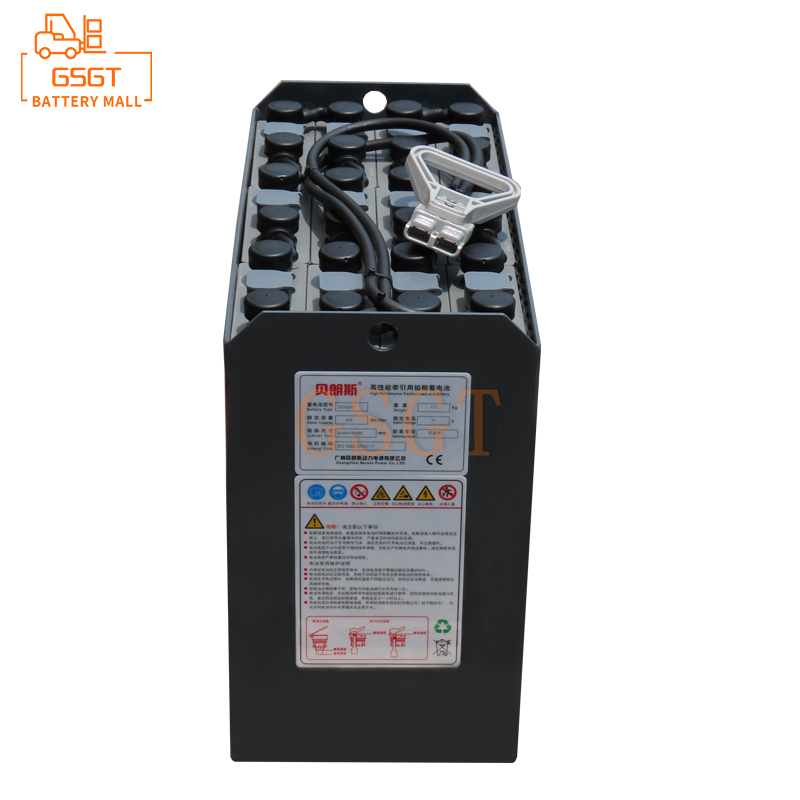Time:2025-03-25 15:22:00
Browse:563
Among many devices and systems that rely on electric power, lead-acid batteries have become widely used energy storage devices by virtue of their mature technology, relatively user-friendly cost and stable performance. From the starting power supply of the car, to the energy storage unit of the solar power system, to the uninterruptible power supply (UPS) to ensure the power supply of key equipment, lead-acid batteries play an indispensable role. However, like all equipment, lead-acid batteries also have their service life, when the performance gradually declines, it is particularly important to determine whether it needs to be replaced in time, which is not only related to the operating efficiency of the equipment, but also related to the stability and safety of the overall system. The following will describe in detail the practical method of accurately determining whether the lead-acid battery should be replaced.
1. Observe the appearance of the battery
Changes in the appearance of lead-acid batteries are often a direct reflection of their internal health. First of all, pay attention to the battery shell, if there is an obvious bulge, deformation, which is most likely caused by the battery internal pressure is too high. In the battery charging and discharging process, if the internal chemical reaction is out of control, too much gas can not be discharged in time, it will accumulate in the battery, forcing the shell to expand and deform. In this case, the battery structure has been seriously damaged, the performance has been significantly reduced, there is a risk of leakage or even explosion, should be replaced immediately.
At the same time, check the battery surface for traces of leakage. The electrolyte of a lead-acid battery is highly corrosive. Once leakage occurs, it will not only corrode the equipment and components around the battery, but also cause the liquid level of the electrolyte to drop, affecting the electrochemical reaction of the battery, and reducing the battery capacity. If you see white or yellow crystals in the battery case, or there are signs of liquid residue around, even if the battery can still work, it indicates that its sealing performance has been damaged, and it needs to be replaced as soon as possible to avoid more serious damage.
2.Test the battery capacity
Battery capacity is the core indicator to measure its performance. With the help of a professional battery capacity detector, the capacity of lead-acid batteries can be tested. In the state of full charge, discharge the battery according to a certain discharge current, record the duration from the start of discharge to the battery voltage drop to the end voltage, according to the product of discharge time and discharge current, you can calculate the actual capacity of the battery. Comparing this actual capacity with the nominal capacity of the battery, if the actual capacity is less than 80% of the nominal capacity, it usually means that the battery performance has significantly declined and can not meet the normal use of the equipment, at this time to replace the battery is a more sensible choice.
3.Evaluate the charge and discharge performance
The performance of the charge and discharge process can provide important clues for judging the state of the lead-acid battery. When charging, if the battery cannot be filled for a long time, and the charging current displayed by the charger is abnormal, such as continuing to be too large or too small, it may be caused by problems such as the vulcanization of the internal plate of the battery and the drying of the electrolyte. Plate vulcanization will increase the internal resistance of the battery, prevent the current from passing through, and extend the charging time; The drying of the electrolyte will reduce the substances involved in the electrochemical reaction, and also affect the charging effect. In this case, even if the battery can eventually be barely full, its capacity and service life have been greatly reduced.
In terms of discharge, during normal use, if the equipment has a significant shortening of the power supply time, such as the emergency lamp that can continue to light for 8 hours, only 4 hours after use, and during the discharge process, the battery voltage drops too fast, which indicates that the battery's discharge performance deteriorates, and it cannot store enough electricity, and it is necessary to consider replacing the new battery.
4.Check the battery internal resistance
The internal resistance of a battery is a key parameter to reflect its internal state. With the increase of the use time and the increase of charge and discharge times, the internal resistance of the lead-acid battery will gradually increase. The increase of internal resistance means that the energy loss of the battery increases in the process of charging and discharging, and the energy conversion efficiency decreases. Through the professional internal resistance tester, you can measure the internal resistance of the battery. Generally speaking, when the battery internal resistance exceeds 1.5 times the initial value, the battery performance has been seriously reduced, it is difficult to ensure the stable operation of the equipment, should be replaced in time.
5.Reference service life
The service life of lead-acid batteries is usually 2-5 years, depending on the use of the environment, charge and discharge frequency and other factors. Under normal conditions of use, if the battery is close to or exceeds its designed service life, even if it can still work, its performance may decline significantly at any time. Therefore, when the battery service time reaches or approaches the expected life, it should pay close attention to its various performance indicators and prepare for replacement in advance. For example, the lead-acid battery in the home solar energy storage system, if it has been used for 4 years, although it seems that it can still be charged and powered normally, in order to avoid failure in the peak period of electricity consumption, you can consider replacing the new battery in time to ensure the stable operation of the system.
Accurately determine whether the lead-acid battery should be replaced, the need for comprehensive appearance observation, capacity detection, charge and discharge performance evaluation, internal resistance inspection and service life reference and other factors. Through these methods, signs of battery performance decline can be detected in time, and replacement measures can be taken in advance to avoid problems such as equipment shutdown and system breakdown caused by battery failure, and to ensure the continuous, stable and efficient operation of various devices and systems.

$3810

$3405

$4045

$850

MESSAGE
Professional And Efficient
Security
Affordable Price
Professional Services